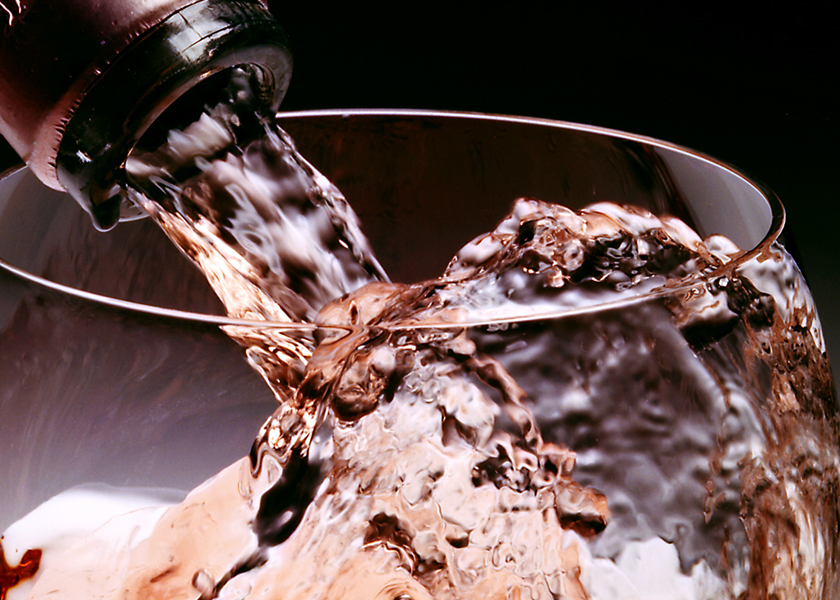PARIS, May 11 — Rosé wines, sometimes known as blush wines, are often the ideal accompaniment for a summer barbecue. But between those produced in California, France, Australia and even Corisca, there are countless rosés, and it can be difficult to make the right choice. Here are six tips to keep in mind when browsing the rosé section at your local wine shop.
1) Observe the colour
Even if you aren’t a wine expert, the ‘robe’ of a rosé can help you find the flavour you’re looking for. And unlike whites and reds, rosés almost always come in a clear bottle. A lighter, almost clear colour indicates citrus and exotic fruits notes, while a darker robe indicates notes of strawberry, blackcurrant and red fruits.
2) Identify the grape varieties
While not the most important factor when choosing a rosé, the types of grapes used can nonetheless provide some indication of tasting qualities. While Merlot and Cabernet lend notes of red fruits, Grenache and Cinsault are characterised by more citrusy notes and tend to provide more full-bodied rosés. Keep in mind, however, that these are generalisations and do not always hold true.
3) Remember that colour is no indication of sugar content
A number of oenophiles have a penchant for either dryer or sweeter wines. And while intuition may suggest that a slightly darker wine would contain more sugar, this is a misconception. A clearer rosé is not necessarily dryer. In France, the designation of “sec” (dry) on the label may be used only on wines that contain less than 4 grams of sugar per litre. And although labelling requirements are often different in other countries, some producers designate whether their rosés are dry or sweet.
4) For French wines look for “AOC” or “IGP” on the label
This tip applies only to French wines, where the notion of “terroir” or place is seen as perhaps the most important factor in determining a wine’s quality. The terms “Appellation d’Origine Protégée” (AOP) or “Indication Géographique Protégée” (IGP) both prove that the wine was produced within a given territory. In the hierarchy of wine label distinctions, AOP is the more prestigious, as it also certifies that the wine was produced according to a rigorous set of standards. Both of these distinctions may be taken as a guarantee of quality.
5) Keep certain years in mind
The year any wine was produced offers insight into its tasting qualities, and rosés are no exception. Wines from the previous year (2013, in this case) are likely to be described as fresh, lively and aromatic. For a more full-bodied rosé, with notes of dried fruits and nuts, look to wines produced in 2012 and 2011. Finally, more mature rosés are aged between five and eight years. Produced in barrels, these wines present a hint of vanilla. — AFP-Relaxnews






















